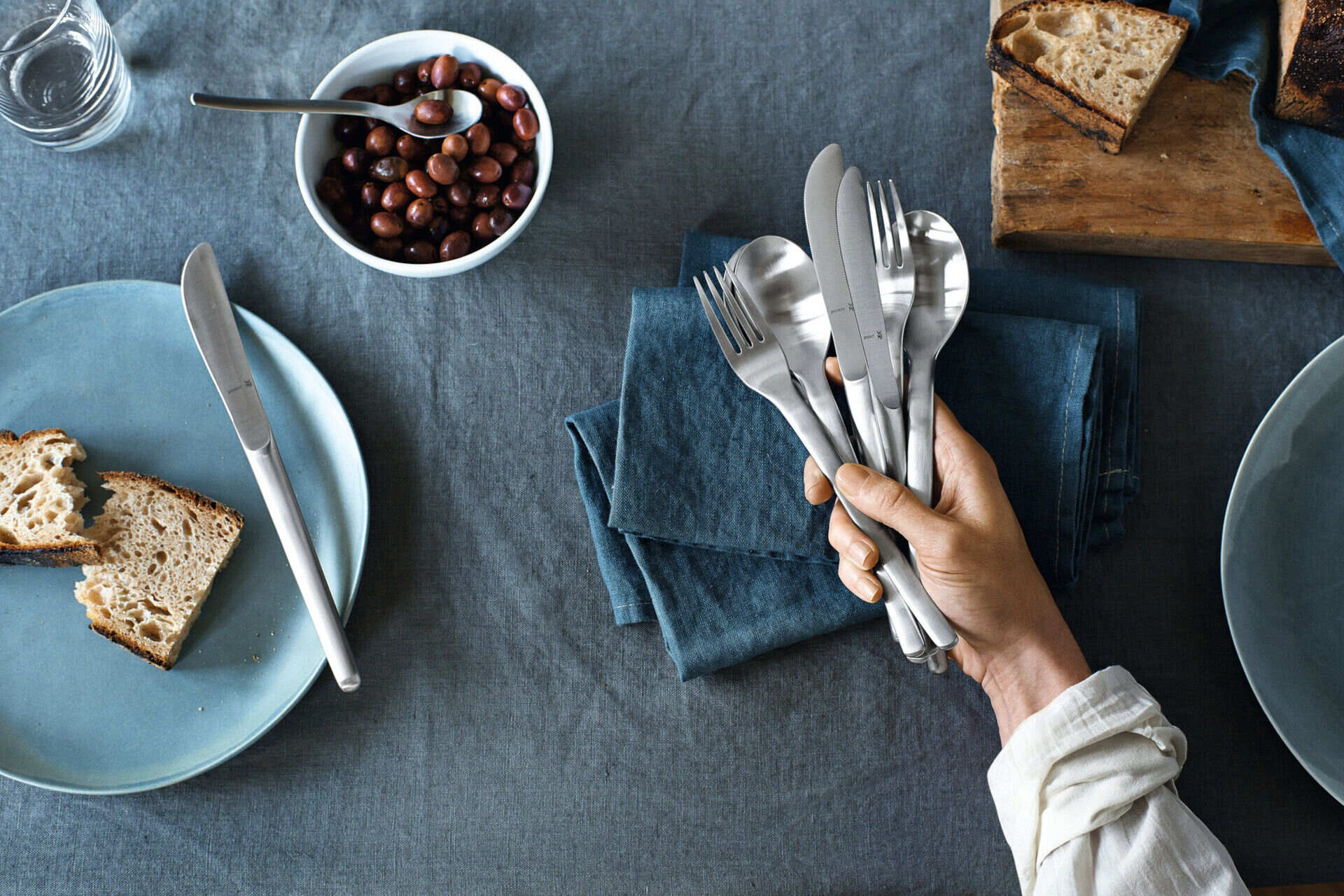

Tableware
How Can I Replace WMF Tableware?
Modified: February 23, 2024
Looking for a way to replace your WMF tableware? Discover the best options and find high-quality replacements for your tableware needs.
(Many of the links in this article redirect to a specific reviewed product. Your purchase of these products through affiliate links helps to generate commission for Storables.com, at no extra cost. Learn more)
Introduction
Tableware plays a vital role in creating a memorable dining experience. Whether it’s a family gathering, a dinner party, or a special occasion, the quality and aesthetics of your tableware can leave a lasting impression. When it comes to tableware, WMF is a well-known and trusted brand that has been synonymous with elegance and craftsmanship for decades.
However, there may come a time when you need to replace your WMF tableware. There could be various reasons for this, such as accidental breakage, wear and tear over time, or simply wanting to refresh your dining collection. Whatever the reason, finding suitable replacements can be an exciting opportunity to explore new options and discover brands that align with your personal style and preferences.
In this article, we will delve into the process of replacing your WMF tableware, offering guidance to ensure that you make a well-informed decision. We will explore different factors to consider, alternative brands to explore, and provide step-by-step instructions on purchasing and caring for your new tableware.
So, let’s embark on this tableware adventure together and find the perfect replacements for your beloved WMF pieces.
Key Takeaways:
- When replacing WMF tableware, consider factors like damage, wear and tear, style changes, and hosting needs. Assess your lifestyle and preferences to find the perfect replacement that enhances your dining experience.
- Explore alternative brands, compare prices and quality, and trust your instincts when making the final decision. Care for your new tableware to preserve its beauty and functionality for years to come.
Reasons for Replacing WMF Tableware
There are several reasons why you might consider replacing your WMF tableware. Understanding these reasons will help you assess whether it’s the right time to make a change. Here are some key factors to consider:
- Damage or breakage: Accidents happen, and sometimes your WMF tableware may get chipped, cracked, or even shattered. While some damage can be repaired, it’s important to evaluate the extent of the damage and decide if it’s worth replacing the entire set. Additionally, if pieces are missing and replacements are hard to find, it may be time for a fresh start.
- Wear and tear: With regular use, tableware can naturally show signs of wear and tear. Scratches, fading patterns, or loss of shine can make your tableware look worn out and less appealing. If you’ve had your WMF tableware for a long time and it no longer looks as beautiful as it once did, it might be a good opportunity to explore new options.
- Change in style or preference: As time goes by, our tastes and preferences can evolve. You may find that the design or style of your WMF tableware no longer resonates with your current aesthetic. Perhaps you’ve developed a new appreciation for minimalism, classic elegance, or vibrant patterns. Embracing these changes by replacing your tableware can help enhance your dining experience and reflect your personal style.
- Special occasions and entertaining: Hosting special occasions and entertaining guests often calls for a larger set of tableware or specific pieces that your current collection may not have. If you frequently find yourself in need of additional place settings, serving dishes, or specialty items, it might be a sign that it’s time to invest in a new set of tableware that meets your hosting needs.
By considering these reasons for replacing your WMF tableware, you can evaluate whether it’s the right time to make a change. Remember, your tableware should not only be functional but also reflect your style and enhance your dining experiences.
Assessing Your Tableware Needs
Before diving into the process of replacing your WMF tableware, it’s important to assess your specific needs and requirements. This will help you make informed decisions about the type, quantity, and style of tableware that will best suit your lifestyle. Here are some key points to consider when assessing your tableware needs:
- Lifestyle and usage: Reflect on your usual dining habits and lifestyle. Consider how often you entertain guests, whether you prefer casual or formal meals, and any specific occasions or events that may require specialized tableware. Understanding your day-to-day usage and the specific needs of your household will help guide your choices.
- Number of place settings: Determine the number of place settings you require. This will depend on the size of your family, the number of regular guests, and the frequency of hosting meals. Be sure to include extras for unexpected visitors or for future growth in your family or social circle.
- Serving pieces and accessories: Think about the types of serving dishes and accessories you typically use. Consider whether you need additional items such as platters, bowls, gravy boats, or tea and coffee pots. Having a comprehensive set of serving pieces can enhance your ability to present and serve meals in an organized and elegant manner.
- Material and durability: Determine the material and durability you desire for your new tableware. Consider factors such as durability, ease of cleaning, and resistance to stains and scratches. Options range from fine bone china and porcelain to durable stoneware or practical melamine. Choose a material that aligns with your preferences and practicality.
- Style and aesthetic: Explore different styles and aesthetics to find the perfect tableware that complements your personal taste and the overall theme of your home. Decide whether you prefer a classic, modern, rustic, or eclectic look, and consider how the tableware will harmonize with your existing decor and other kitchenware.
By accurately assessing your tableware needs, you can prioritize the features, quantities, and style that are most important to you. This will serve as a valuable guide when exploring replacement options and making your final decision. Remember, your tableware should not only be functional but also reflect your personal style and enhance your dining experiences.
Exploring Replacement Options
Now that you have assessed your tableware needs, it’s time to explore different replacement options. There are numerous brands and collections available, each with its own unique style, quality, and features. By considering these alternatives, you have the opportunity to discover new tableware that aligns perfectly with your preferences and elevates your dining experience.
Here are some key steps to help you explore and discover the best replacement options:
- Research alternative brands: Start your exploration by researching various tableware brands. Look for brands that are known for their quality, craftsmanship, and attention to detail. Read customer reviews and testimonials to gather insights about customer satisfaction, durability, and design. Some popular tableware brands include Villeroy & Boch, Lenox, Wedgwood, Noritake, and Royal Doulton.
- Visit stores and showrooms: Visit local stores and showrooms that carry a wide range of tableware. This allows you to see and feel the tableware in person, helping you make a more informed decision. Take note of the different styles and designs that catch your eye, and consider how they would fit into your existing table settings and dining room decor.
- Explore online retailers: Expand your search by exploring online retailers. Websites such as Amazon, Bed Bath & Beyond, Macy’s, and Williams Sonoma offer an extensive selection of tableware collections. Browse through their catalogs, filter your search based on your preferences, and read customer reviews to get a sense of the quality and customer satisfaction.
- Consider specialty or artisanal tableware: If you are looking for unique and one-of-a-kind pieces, consider exploring specialty or artisanal tableware options. These may include handmade ceramics, hand-painted designs, or locally crafted pieces. Supporting artisans and small businesses can not only provide you with beautifully crafted tableware but also add a touch of individuality to your dining experience.
- Attend trade shows or fairs: Keep an eye out for trade shows or fairs dedicated to tableware and kitchenware. These events showcase a wide range of brands, collections, and designs in one location. They offer a great opportunity to interact with industry experts, get hands-on experience with the tableware, and learn about the latest trends and innovations.
By exploring these options, you can widen your horizons and discover tableware collections that perfectly match your style, preferences, and budget. Remember to take your time during this exploration phase to ensure that you are making the best decision for your tableware replacement.
Researching Alternative Brands
When it comes to replacing your WMF tableware, researching alternative brands is an essential step to find the perfect replacement. Each brand has its own unique style, quality, and reputation, so it’s important to dive into the details and evaluate which brands align with your preferences. Here are some key factors to consider when researching alternative brands:
- Quality and craftsmanship: Look for brands that are known for their high-quality tableware and excellent craftsmanship. Check if the brand has a long-standing reputation for producing durable and well-crafted pieces. Examine the materials used, manufacturing processes, and any certifications that ensure the products meet quality standards.
- Design and style: Consider the design aesthetic of different brands. Do you prefer a traditional, modern, rustic, or eclectic style? Look for brands that offer a range of designs that resonate with your personal taste and can seamlessly integrate into your existing tableware collection. Pay attention to details such as patterns, color schemes, and the overall aesthetic appeal.
- Range of collections: Explore the range of collections offered by each brand. Are they known for their comprehensive sets or do they have more individual pieces to mix and match? Assess whether they offer a variety of tableware categories such as dinner plates, salad plates, bowls, cups, and serving pieces. Having a wide selection allows you to create a cohesive and versatile table setting.
- Specialty items: Consider whether specific brands offer specialty items that you may need, such as specific sizes of plates or bowls, unique serving pieces, or tableware designed for specific cuisines or occasions. If you have particular requirements, finding a brand that caters to those needs will ensure that your new tableware meets all your expectations.
- Price range and affordability: Evaluate the price range of different brands and determine what fits within your budget. Keep in mind that higher-priced brands often reflect exceptional quality and craftsmanship, while more affordable options can still provide durability and style. Consider what you are willing to invest in your new tableware and find brands that offer a good balance between quality and cost.
- Customer reviews and feedback: Research customer reviews and feedback on various platforms to gather insights about each brand’s products and customer satisfaction. This will help you gauge the overall reputation and reliability of the brand. Pay attention to comments about durability, design accuracy, and overall customer experience.
By thoroughly researching alternative brands, you can narrow down your options and find the brand that best meets your needs and preferences. Take your time to explore various brands and consider all the aspects mentioned above, as this will ensure that you make an informed decision when selecting your new tableware.
Comparing Prices and Quality
When it comes to replacing your WMF tableware, comparing prices and quality is a crucial step in the decision-making process. Understanding the relationship between price and quality will help you find the best value for your investment. Here are some key considerations when comparing prices and quality:
- Determine your budget: Before comparing prices, establish a clear budget that you are comfortable with. This will help you narrow down your options and focus on brands and collections that align with your financial constraints.
- Evaluate the materials: Examine the materials used in the tableware. Higher quality materials such as fine bone china or porcelain are usually more expensive, but they offer durability and an elegant appearance. Cheaper materials like stoneware or melamine may be more affordable but might not have the same level of durability or sophistication.
- Consider the manufacturing process: Pay attention to the manufacturing process employed by different brands. Handcrafted or artisanal tableware, while often more expensive, can offer unique designs and meticulous craftsmanship. Machine-made tableware may offer more consistency and affordability but might lack the individual charm and character of handmade pieces.
- Compare prices across retailers: Research prices across different retailers, both online and in-store, to find the best deals. Take advantage of seasonal sales, special offers, or promotions that can significantly reduce the cost of your chosen tableware. Keep in mind that prices may vary between retailers, so it’s essential to shop around and compare before making a final decision.
- Consider the longevity of the tableware: Factor in the expected lifespan of the tableware when comparing prices. While higher-priced tableware may seem costly upfront, it may prove to be a better investment if it offers greater durability and longevity. Consider the materials used, any warranties offered by the brand, and customer reviews that attest to the tableware’s longevity.
- Evaluate the overall value: When comparing prices and quality, it’s crucial to assess the overall value that the tableware offers. Look beyond the price tag and consider factors such as the design, craftsmanship, brand reputation, and customer satisfaction. A slightly more expensive tableware set that ticks all the boxes in terms of quality and aesthetics may be a better long-term investment than a cheaper alternative.
By considering these factors, you can effectively compare prices and quality to find tableware that offers the best balance for your needs and budget. Remember, it’s not just about finding the lowest price, but about finding the right value and quality that will enhance your dining experience for years to come.
When replacing WMF tableware, consider the material, style, and size of the pieces you need. Look for compatible sets or mix and match for a personalized look. Check for sales or promotions to save on costs.
Making the Final Decision
After exploring different replacement options, researching alternative brands, and comparing prices and quality, it’s time to make the final decision on your new tableware. This decision should encompass all the factors that are important to you, including style, durability, affordability, and personal preference. Here are some key steps to help you make the final decision:
- Review your assessment: Refer back to the assessment you made earlier regarding your tableware needs, lifestyle, and preferences. Evaluate how well each potential replacement aligns with those criteria. Consider which brand and collection best fulfill your desired style, functionality, and overall dining experience.
- Consider the long term: Think beyond the immediate moment and consider the long-term implications of your decision. Evaluate the durability and longevity of the tableware options you are considering. Investing in tableware that will stand the test of time can save you money and effort in the long run.
- Balance quality and price: Strike a balance between quality and price. While it’s tempting to opt for the most affordable option, compromising on quality may lead to disappointment in the long term. Consider how well the tableware meets your expectations in terms of craftsmanship, materials, and design, while also staying within your budget.
- Trust your instincts: Take into account your personal taste and intuition. If a particular brand or collection resonates with you on a deeper level, it’s likely to bring you joy every time you use it. Trust your instincts and choose the tableware that speaks to you, both aesthetically and emotionally.
- Seek feedback if uncertain: If you find yourself torn between a few options, seek feedback from trusted friends or family members. They might offer perspectives that you hadn’t considered or share their own experiences with the tableware brands you are considering. However, ultimately, remember that the final decision should be based on your own preferences and needs.
By following these steps and carefully considering all the relevant factors, you will be able to make a final decision that you feel confident and satisfied with. Remember that tableware is an investment in enhancing your dining experience, so prioritize functionality, quality, and personal style when making your choice.
Purchasing New Tableware
Once you have made the final decision on your new tableware, it’s time to proceed with the purchasing process. Whether you decide to buy online or visit a physical store, here are some key steps to guide you through the purchase:
- Choose a reliable retailer: Select a reputable and trustworthy retailer that offers the brand and collection you have decided on. Look for retailers with good customer reviews, a secure payment process, and a reliable return policy.
- Check availability: Ensure that the tableware you want is in stock and available for purchase. Some collections may have certain pieces that are back-ordered or discontinued. Double-check and confirm availability before proceeding with the purchase.
- Review product descriptions: Read the product descriptions and specifications carefully. Pay attention to details such as the dimensions, material, and any specific features or patterns of the tableware. Ensure that they align with your expectations and requirements.
- Compare prices: If you are purchasing online, compare prices across different retailers to ensure you are getting the best deal. Consider any ongoing promotions, discount codes, or bundle offers that may further reduce the overall cost.
- Consider shipping and delivery: Take note of the shipping options and estimated delivery times offered by the retailer. Check if they offer free shipping or any additional fees. Plan accordingly if you have a specific timeframe in mind.
- Check return and exchange policies: Familiarize yourself with the return and exchange policies of the retailer. Ensure that you are aware of any conditions or timeframes for returning or exchanging the tableware in case it does not meet your expectations upon arrival.
- Complete the purchase: Once you have finalized all the details and are satisfied with the purchase terms, proceed to add the tableware to your cart and complete the purchase. Provide the necessary shipping information and payment details securely.
It’s important to note that if you prefer an in-store purchase, you can apply similar steps by visiting the retailer, reviewing the product details, comparing prices, and checking their return policies before making the final purchase.
After completing the purchase, you will eagerly await the arrival of your new tableware. Once it arrives, it’s time to start using and enjoying your beautiful and functional new additions to your dining experience.
Replacing WMF Tableware: Step-by-Step Guide
Replacing your WMF tableware may seem like a daunting task, but with a step-by-step guide, the process can be smooth and enjoyable. Here is a handy guide to help you through the process:
- Assess your current tableware: Start by assessing your current WMF tableware. Take inventory of the intact pieces and determine which ones need to be replaced. Consider any additional tableware needs, such as specialty pieces or more place settings.
- Set a budget: Determine the budget you are willing to allocate for your new tableware. This will help narrow down your options and ensure that you stay within your financial means while still finding a high-quality replacement.
- Research and explore alternative brands: Begin researching and exploring alternative brands that offer tableware options that align with your style and preferences. Pay attention to factors such as quality, design, and affordability.
- Compare features and prices: Compare the features, price ranges, and warranties of different brands and collections. Consider the materials used, durability, and any special features that may enhance your dining experience.
- Make the final decision: Once you have gathered all the necessary information, make the final decision on the brand and collection that best suits your needs and preferences. Trust your instincts and choose the tableware that speaks to you.
- Purchase your new tableware: Whether you choose to purchase online or in-store, make the necessary arrangements to acquire your chosen tableware. Select a reliable retailer, check availability, review product descriptions, compare prices, and complete the purchase process.
- Dispose of your old tableware responsibly: Consider donating your old WMF tableware or recycling it properly. If the tableware is still in good condition, passing it on to someone else can bring joy to someone who may appreciate it.
- Enjoy your new tableware: Once your new tableware arrives, unpack and inspect it carefully. Admire the craftsmanship and attention to detail. Clean your new tableware before using it for the first time and integrate it seamlessly into your dining routine.
- Care for your new tableware: Follow the care instructions provided by the manufacturer to ensure the longevity of your new tableware. Proper handling, cleaning, and storage will help preserve its beauty and functionality for years to come.
By following this step-by-step guide, you can confidently navigate through the process of replacing your WMF tableware. Remember, this is an opportunity to explore new options and find tableware that not only meets your functional needs but also reflects your personal style and enhances your dining experiences.
Read more: What Constitutes Tableware?
Caring for Your New Tableware
Proper care and maintenance are essential to preserve the beauty and longevity of your new tableware. Following these care instructions will help ensure that your tableware remains in excellent condition for years to come:
- Read and follow the manufacturer’s instructions: Familiarize yourself with the care instructions provided by the manufacturer. Different materials and finishes may require specific cleaning and maintenance techniques, so it’s important to follow these guidelines for optimal results.
- Handle with care: Handle your tableware with care to avoid chipping, scratching, or breakage. Be mindful when placing or removing pieces from the table, and avoid stacking them too tightly or using excessive force.
- Wash promptly after use: Wash your tableware promptly after each use to prevent stains and food residue from setting in. Avoid prolonged soaking, as it can damage the finish. Use warm water, mild dish soap, and a soft sponge or cloth for gentle and effective cleaning.
- Avoid harsh abrasives and materials: Refrain from using harsh abrasives, steel wool, or metal utensils, as they can scratch or damage the surface of your tableware. Opt for non-abrasive cleaning tools and utensils made from materials that won’t cause any harm.
- Be cautious with heat and extreme temperatures: Avoid subjecting your tableware to sudden changes in temperature. Extreme heat or cold can cause thermal shock and potentially lead to cracking or breakage. When using in the oven or microwave, follow the manufacturer’s guidelines.
- Protect from direct sunlight: Avoid exposing your tableware to direct sunlight for prolonged periods. UV rays can cause fading, discoloration, and deterioration of certain materials. Store your tableware in a cool, dry place away from direct sunlight when not in use.
- Store properly: When not in use, store your tableware in a designated cabinet or storage area. Use dividers or felt pads to prevent pieces from rubbing against each other and causing scratches. Stack plates and bowls vertically to prevent excess weight on the lower pieces.
- Inspect regularly: Regularly inspect your tableware for any signs of damage or wear. If you notice chipped or cracked pieces, consider replacing them to maintain the integrity of your tableware set. Promptly address any issues to prevent further damage.
- Enjoy with care: Finally, enjoy using your new tableware with care and appreciation. Share meals and create memorable moments with your loved ones. The joy and satisfaction of using well-maintained tableware will enhance your dining experience and create lasting memories.
By following these care tips and maintaining a regular cleaning routine, you can extend the lifespan of your new tableware and keep it looking beautiful for years to come. Proper care ensures that your investment in high-quality tableware continues to bring joy and elegance to your dining experiences.
Conclusion
Replacing your WMF tableware is an opportunity to refresh and elevate your dining experience. By assessing your needs, exploring alternative brands, comparing prices and quality, making an informed decision, and purchasing your new tableware, you embark on a journey of enhancing your table settings and reflecting your personal style.
Throughout this process, it’s important to prioritize factors such as quality, durability, aesthetics, and affordability. Researching alternative brands allows you to discover new possibilities and find tableware collections that perfectly fit your requirements. Comparison shopping enables you to strike the right balance between price and quality, ensuring that you make an investment that brings long-lasting value.
Once you have acquired your new tableware, caring for it properly is vital to preserve its beauty and functionality. Follow the manufacturer’s instructions, handle your tableware with care, and clean it promptly after each use. By taking these steps, you can ensure the longevity of your tableware and continue to create memorable dining experiences for years to come.
Replacing your WMF tableware is not just about acquiring new pieces; it’s about enhancing your lifestyle and making every meal a special occasion. The right tableware has the power to elevate the dining experience, impress guests, and reflect your personal taste and style. Embrace the journey of finding the perfect replacements, and enjoy the joy and satisfaction that comes with using well-crafted and aesthetically pleasing tableware.
So, go ahead and embark on this tableware adventure. Explore the wide range of options available, carefully consider your needs and preferences, and invest in tableware that not only meets your functional requirements but also brings a touch of elegance and charm to your dining table.
Frequently Asked Questions about How Can I Replace WMF Tableware?
Was this page helpful?
At Storables.com, we guarantee accurate and reliable information. Our content, validated by Expert Board Contributors, is crafted following stringent Editorial Policies. We're committed to providing you with well-researched, expert-backed insights for all your informational needs.
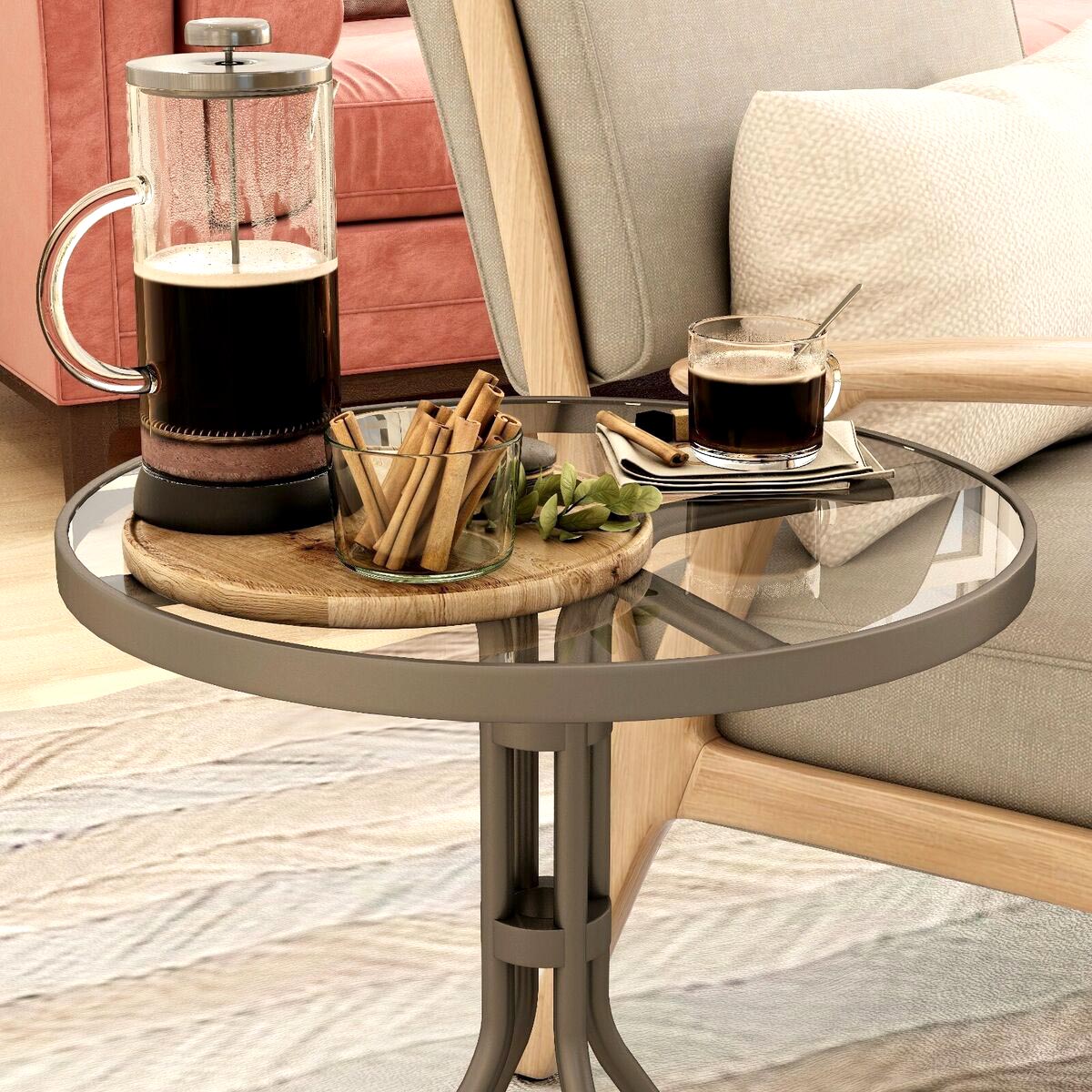
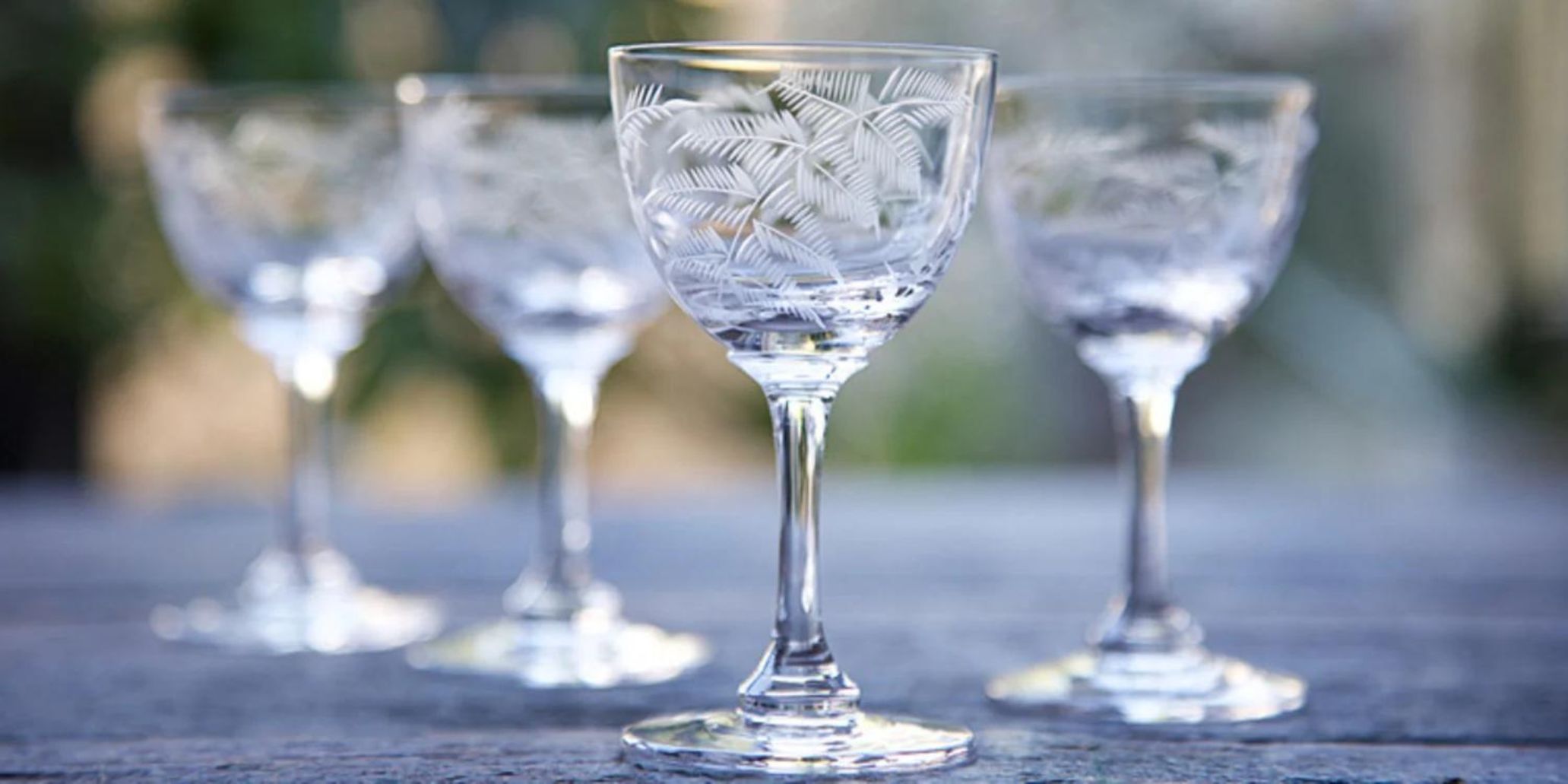
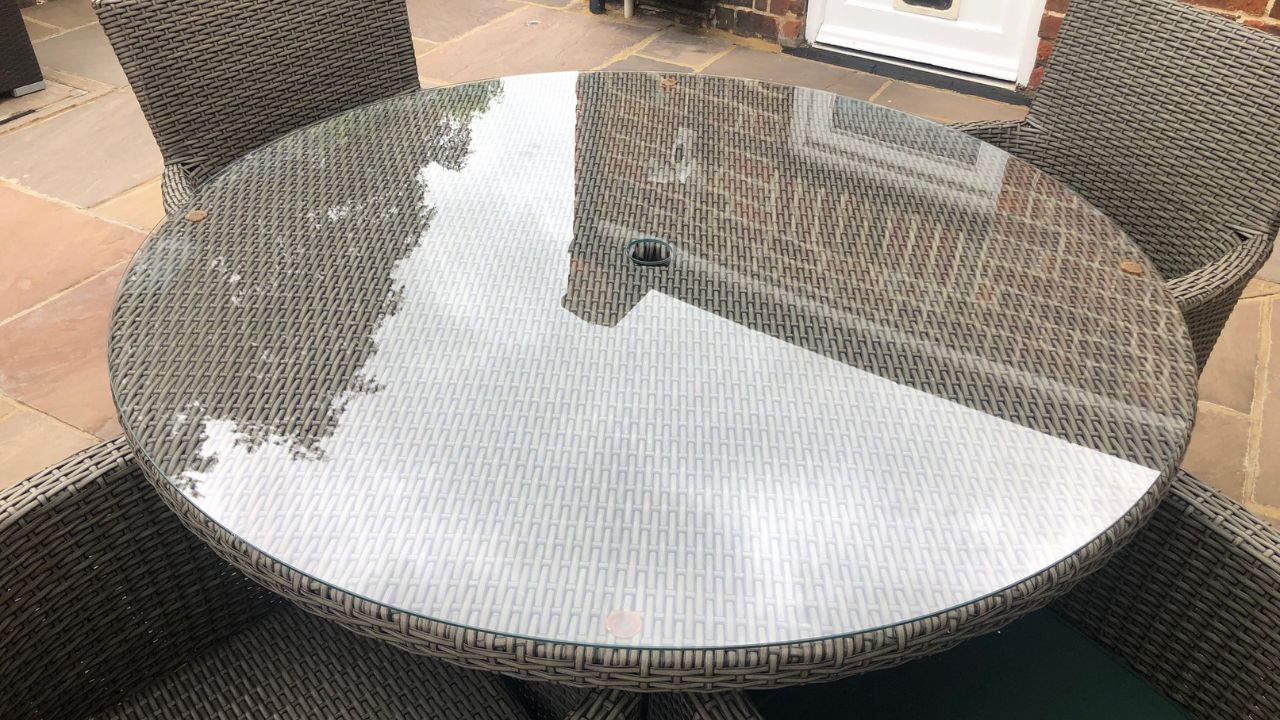
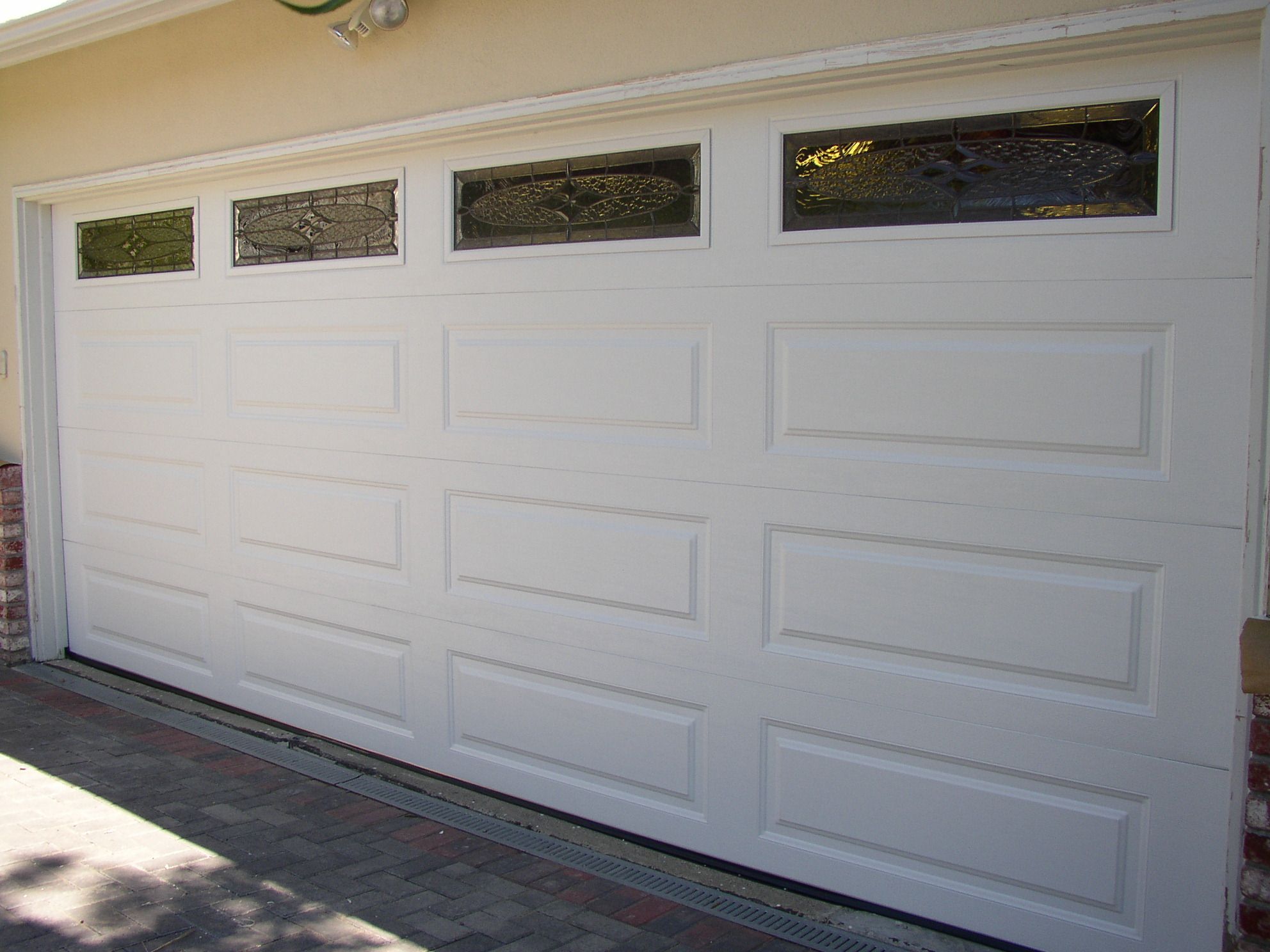
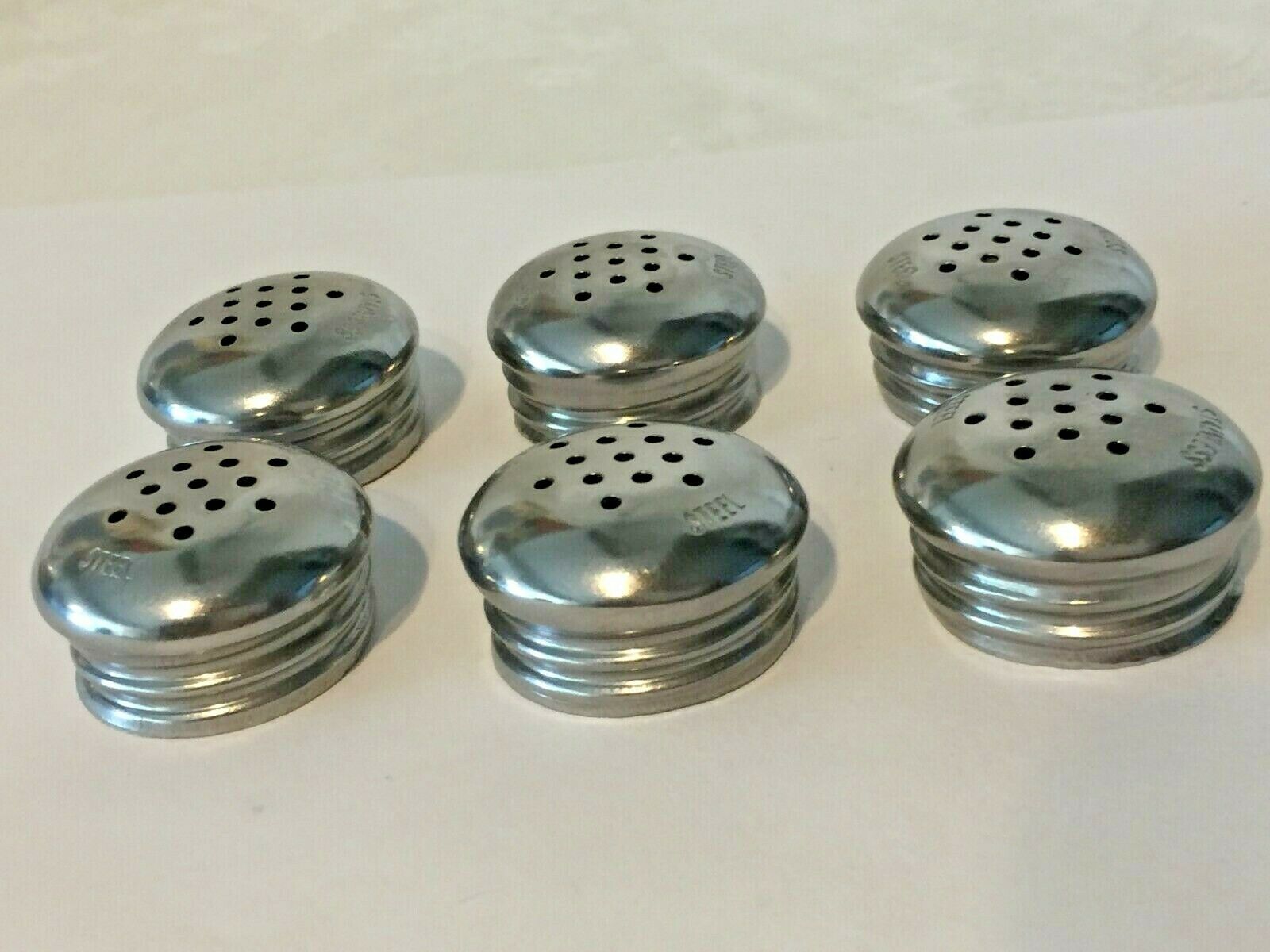
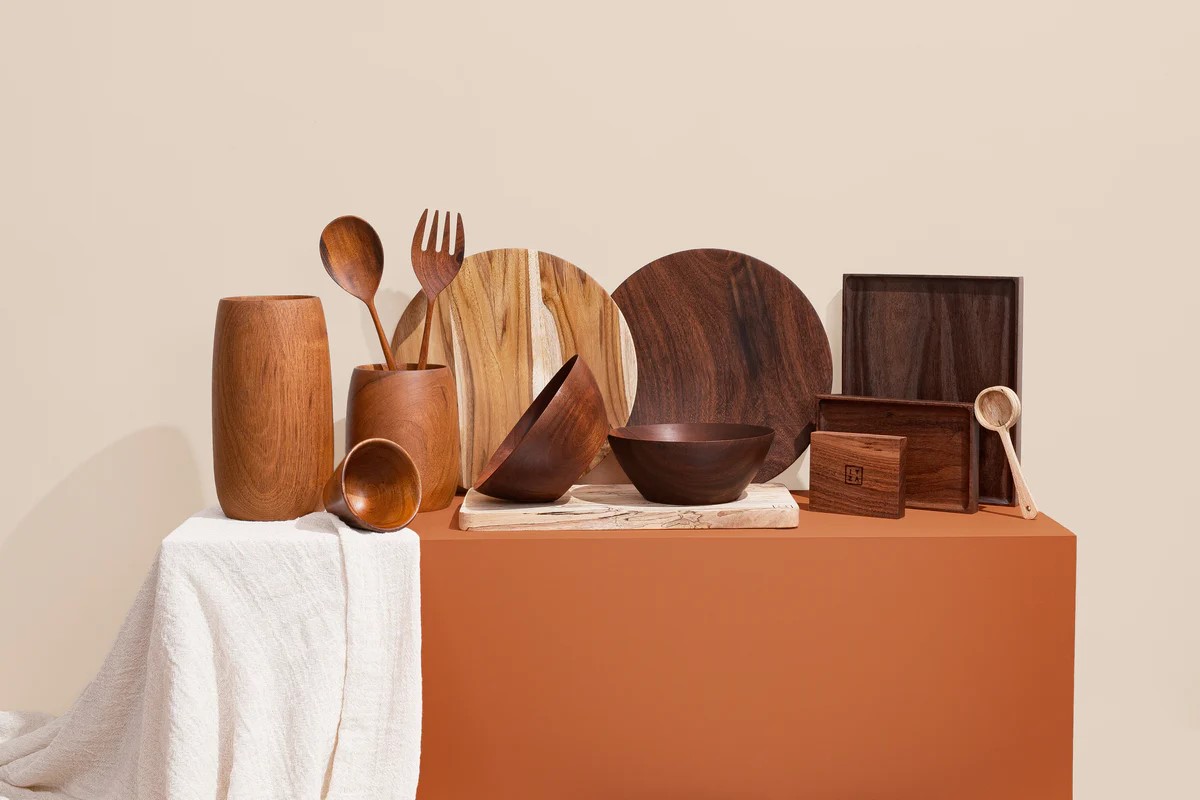
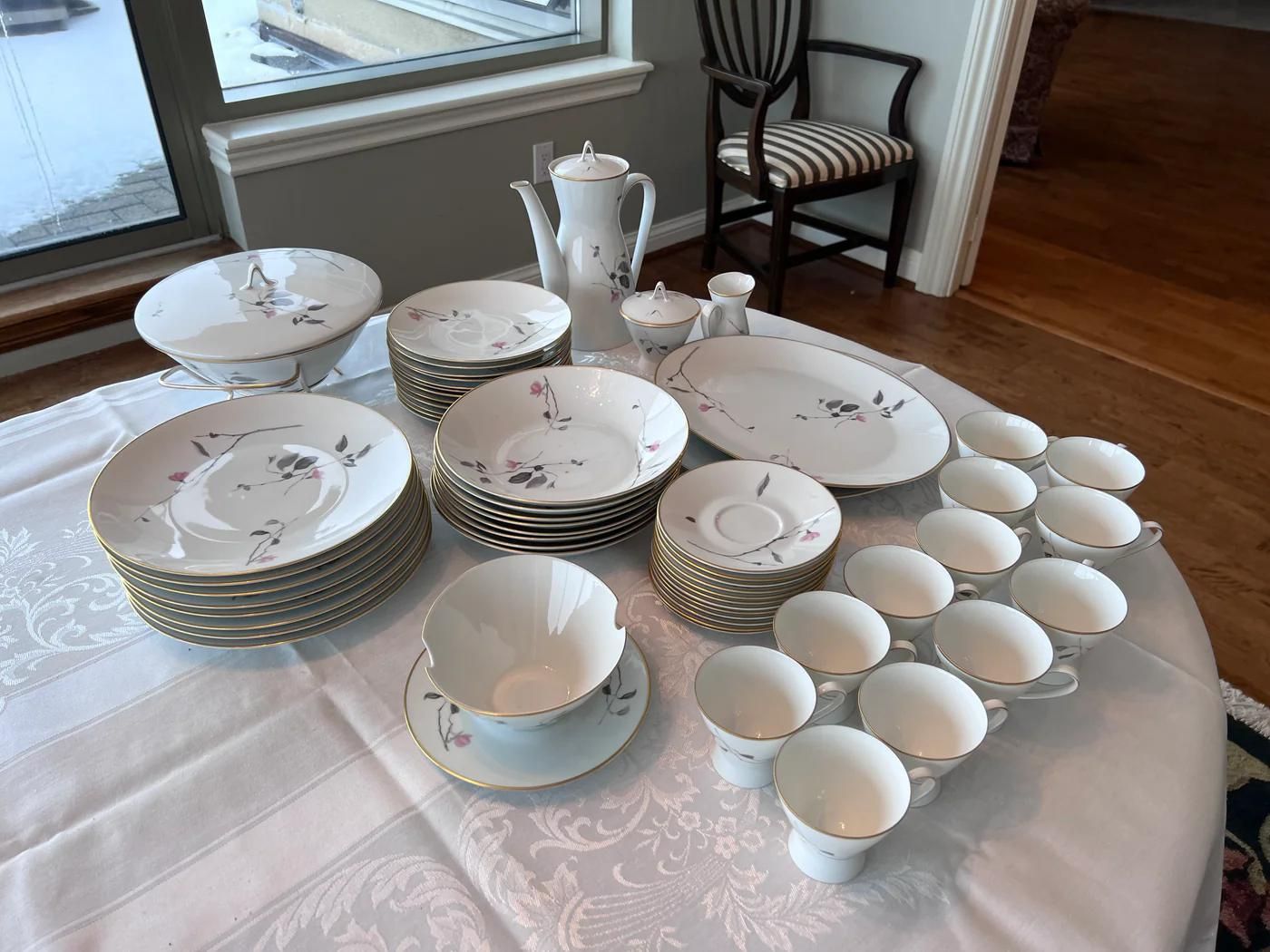
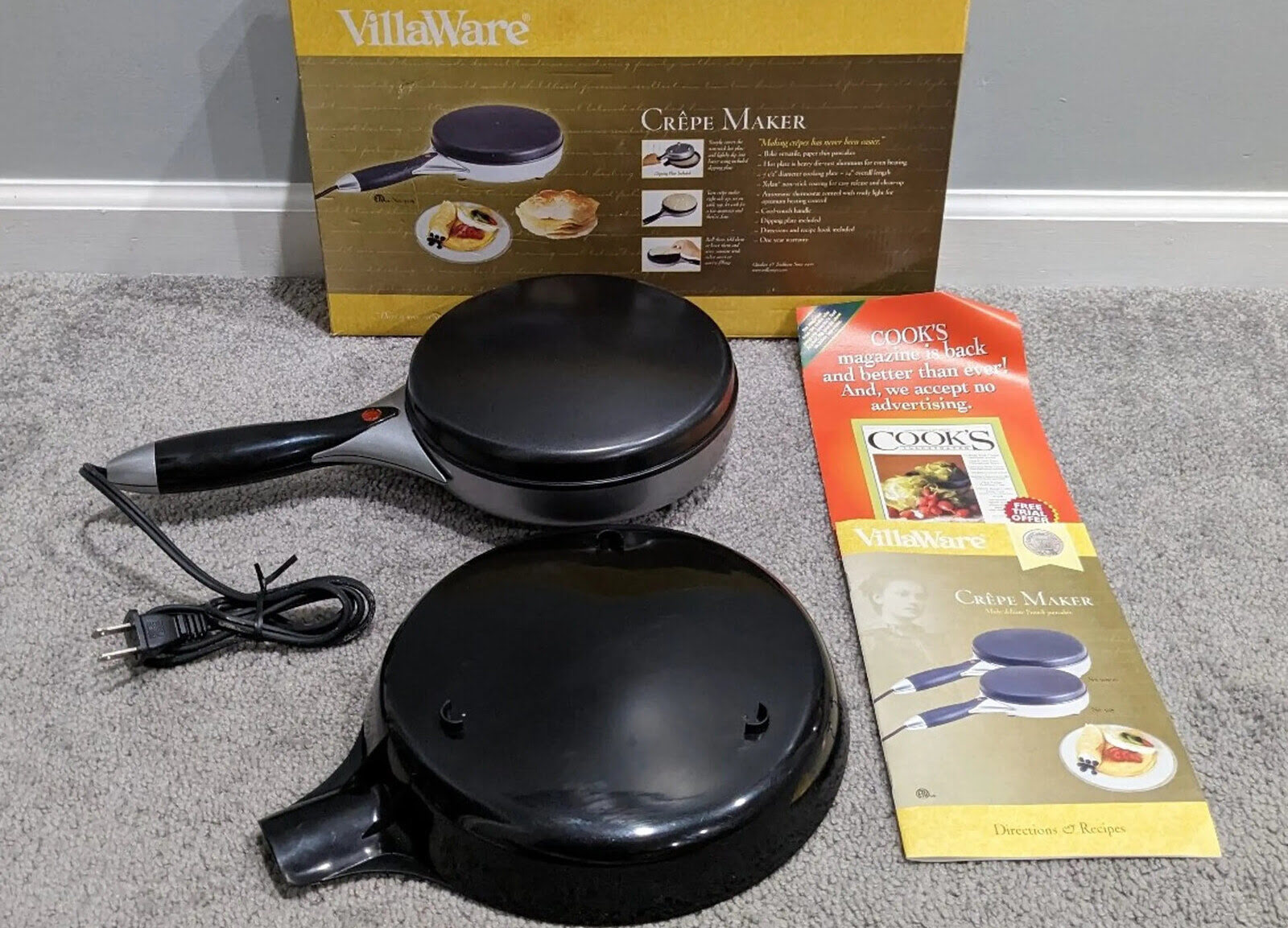

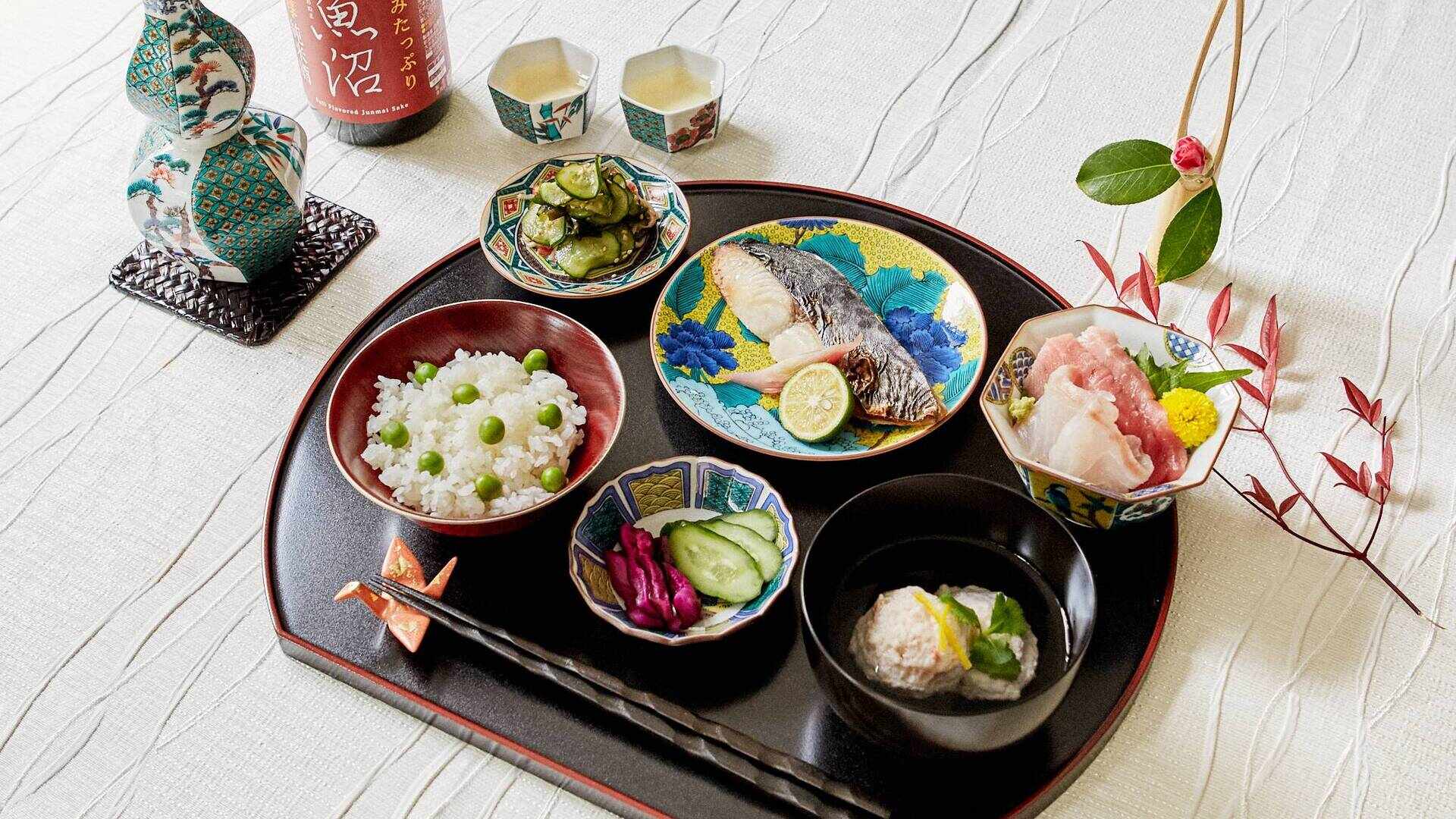
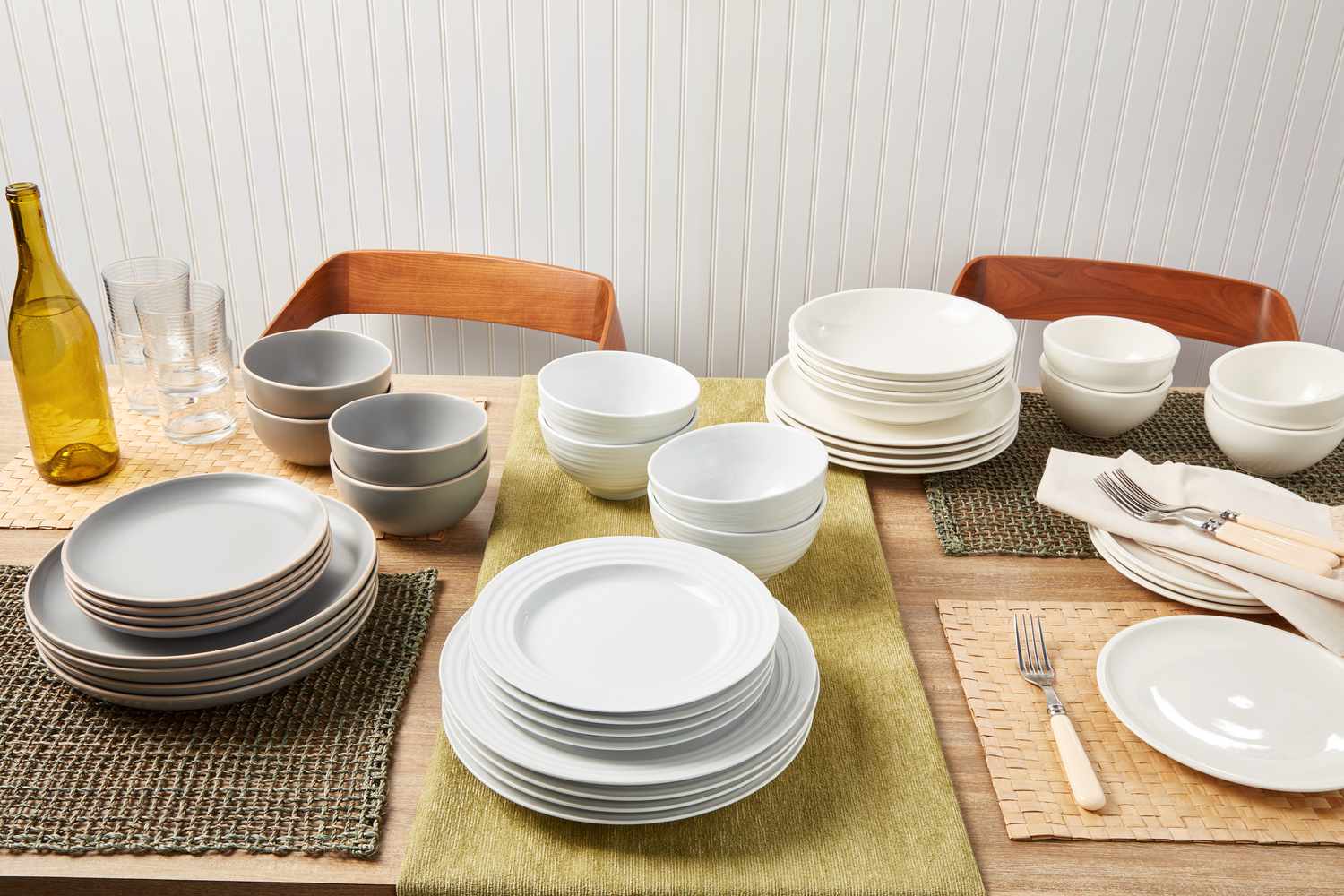



0 thoughts on “How Can I Replace WMF Tableware?”